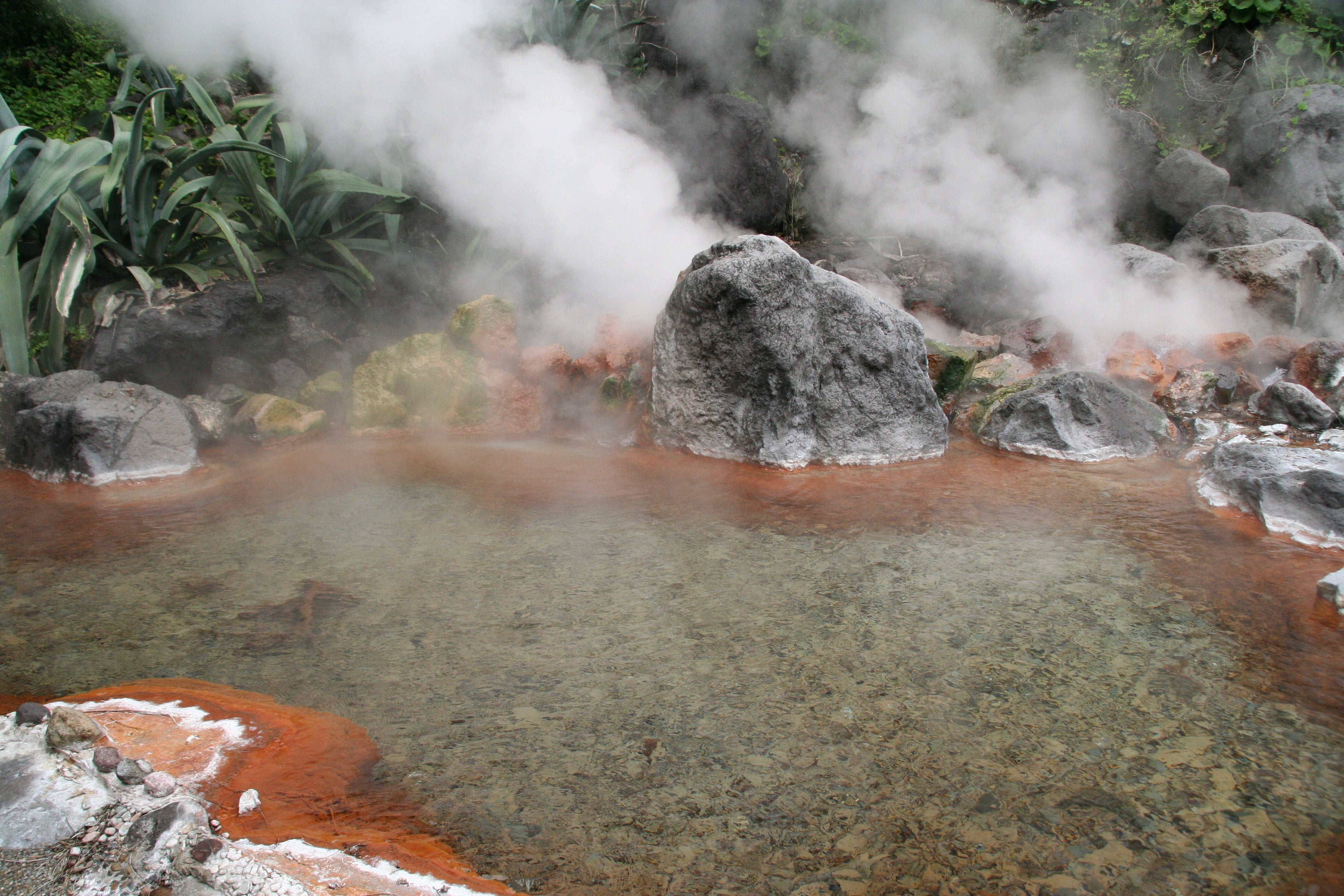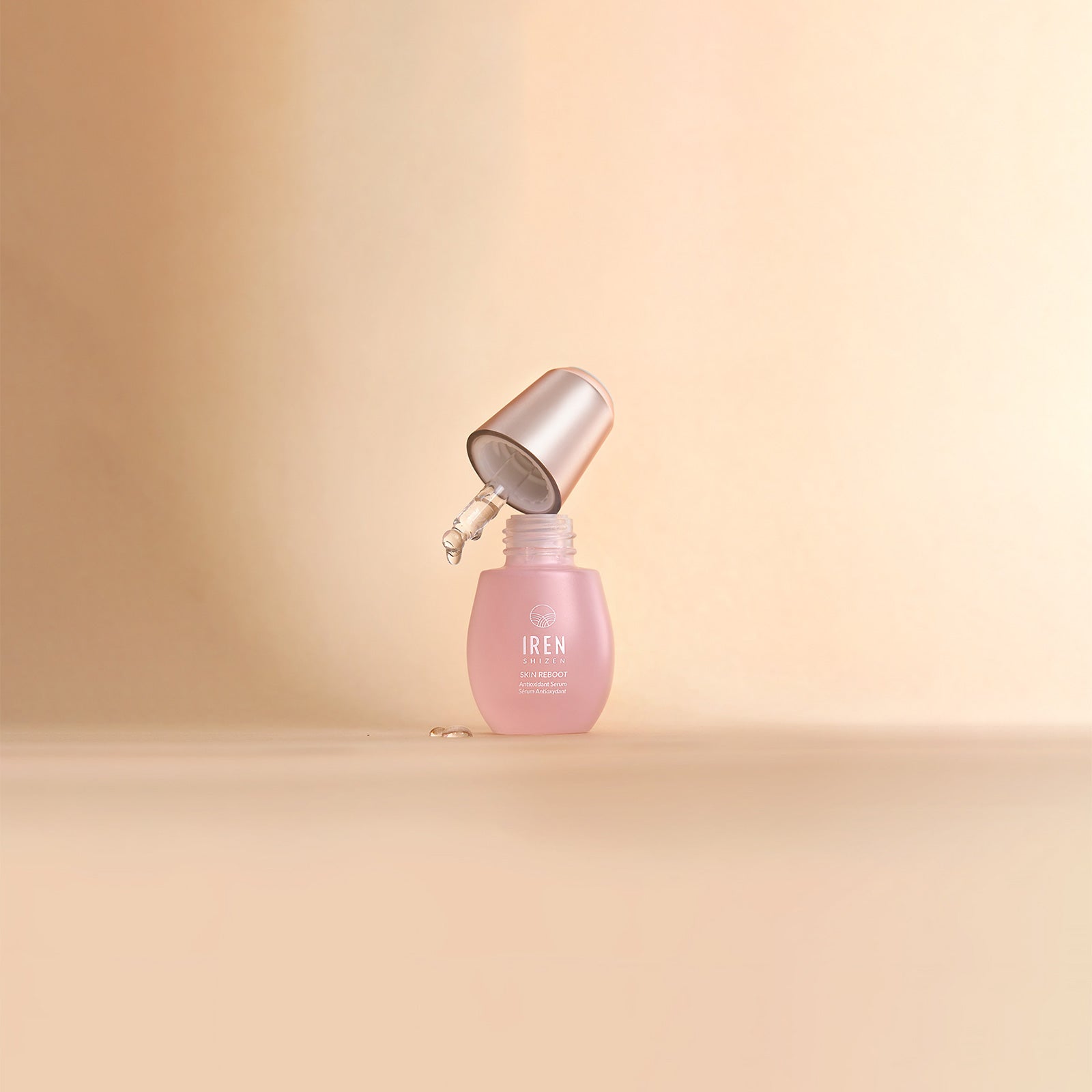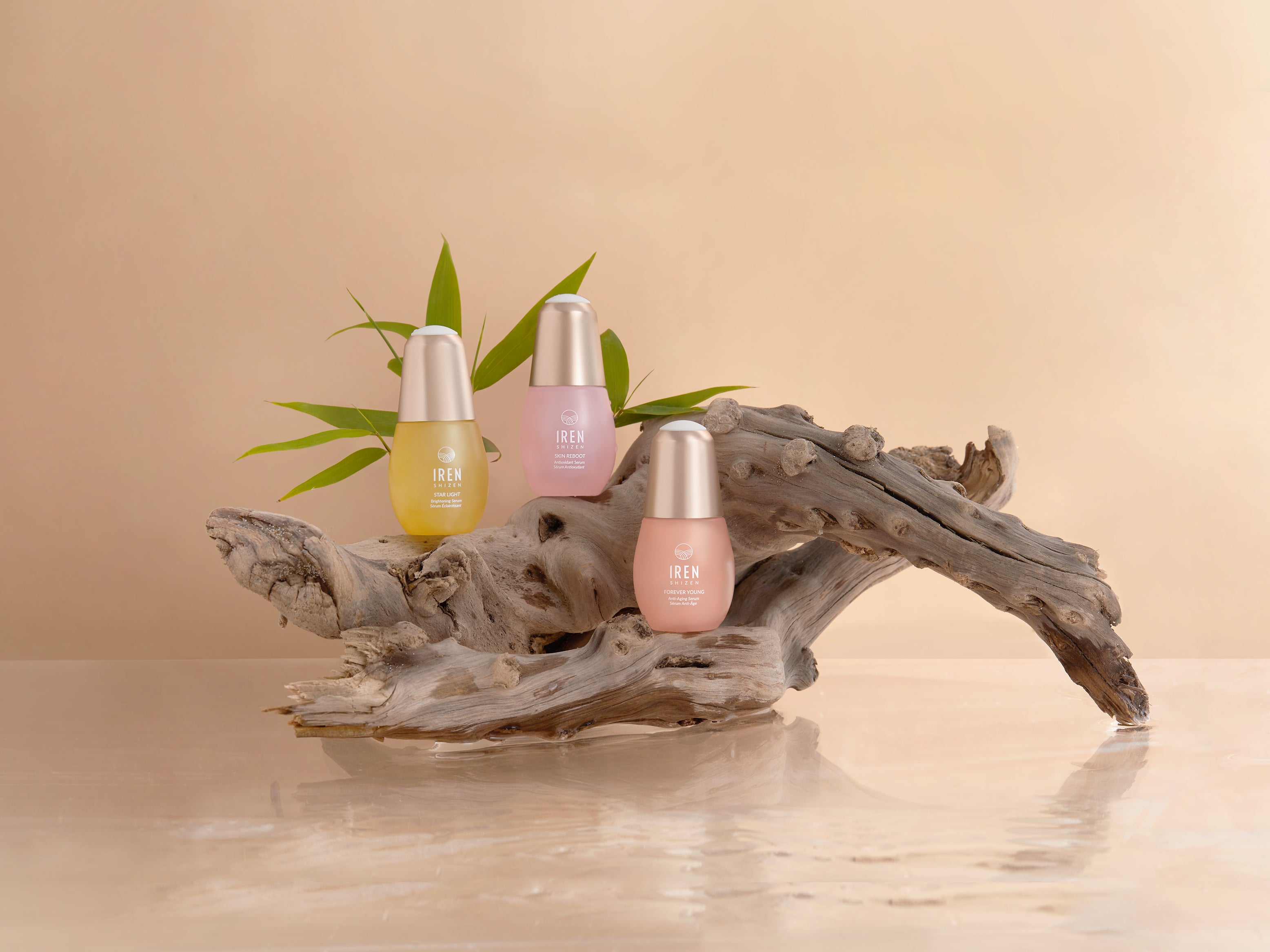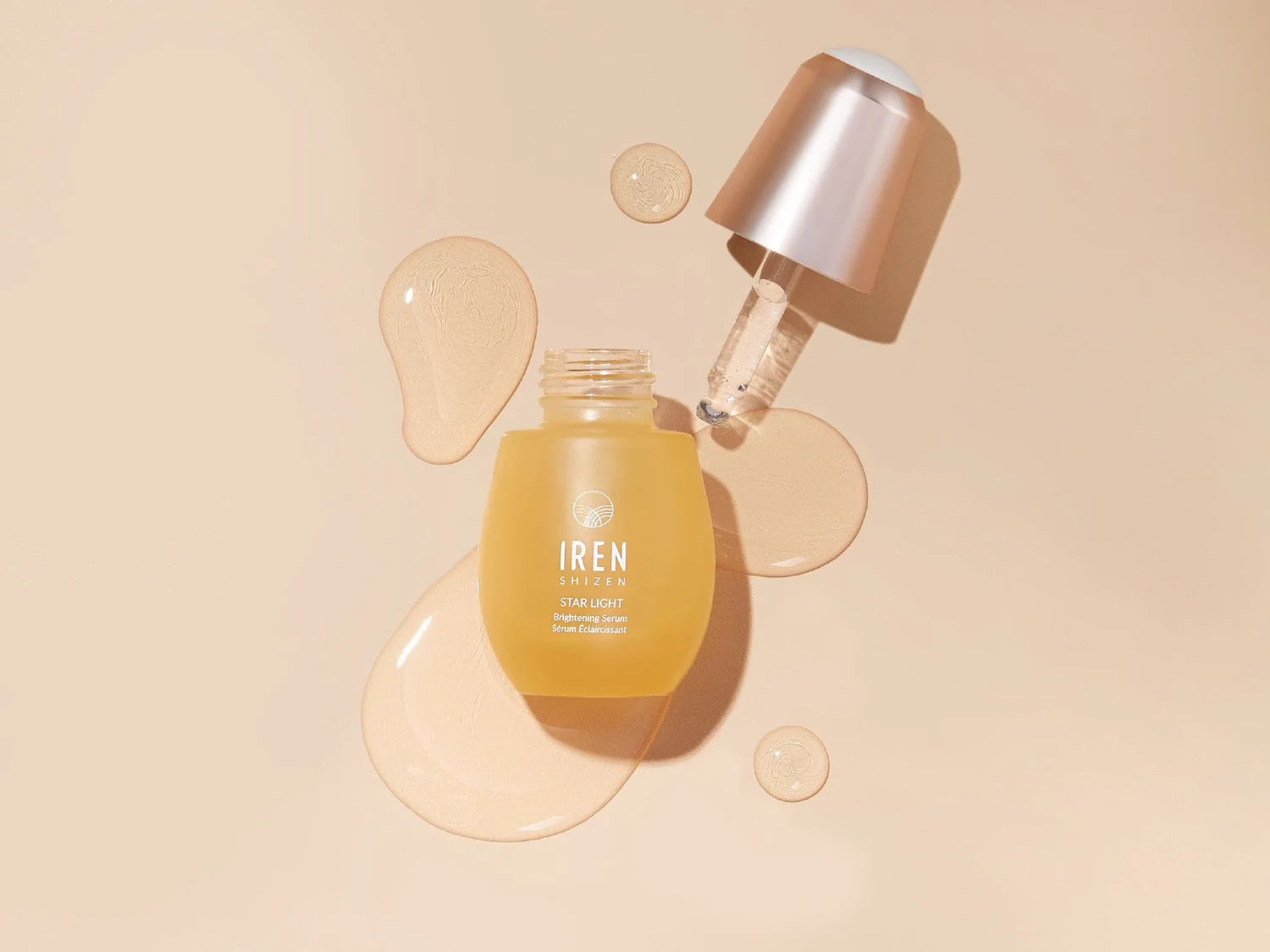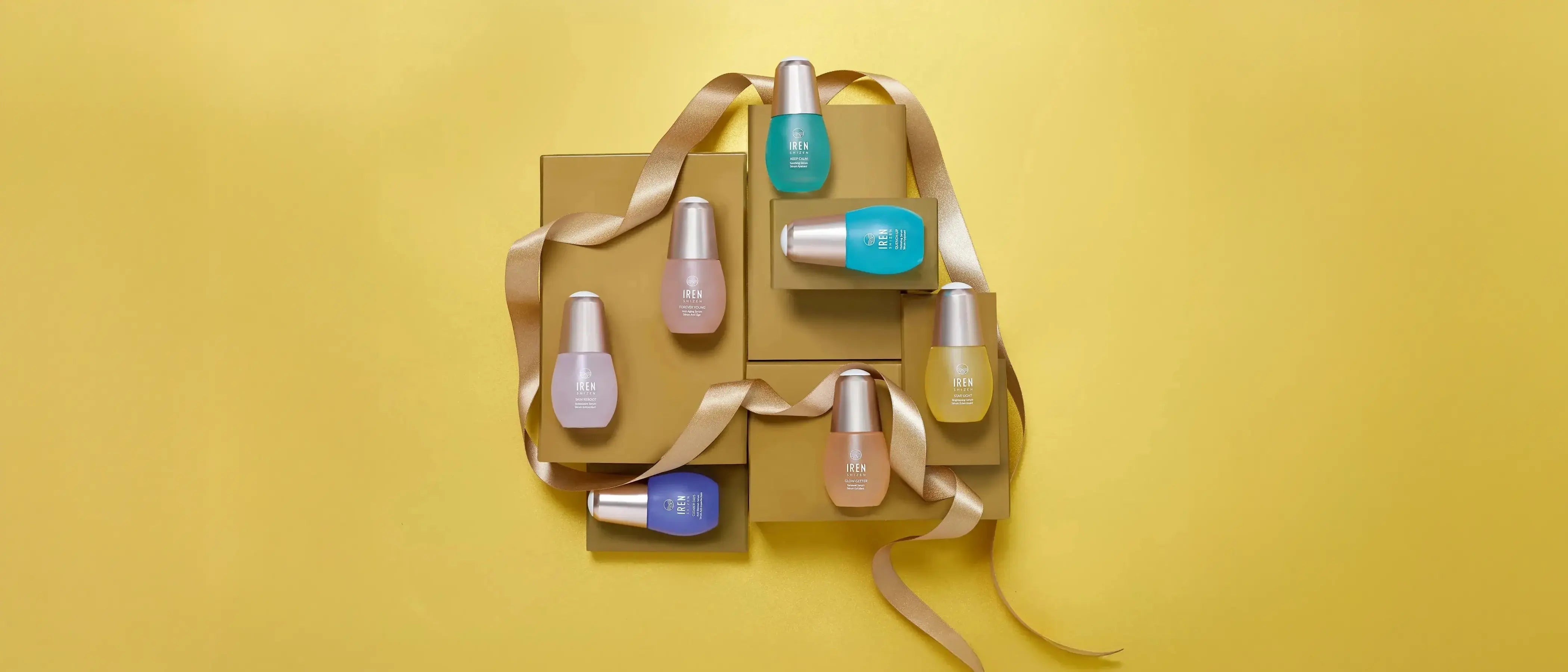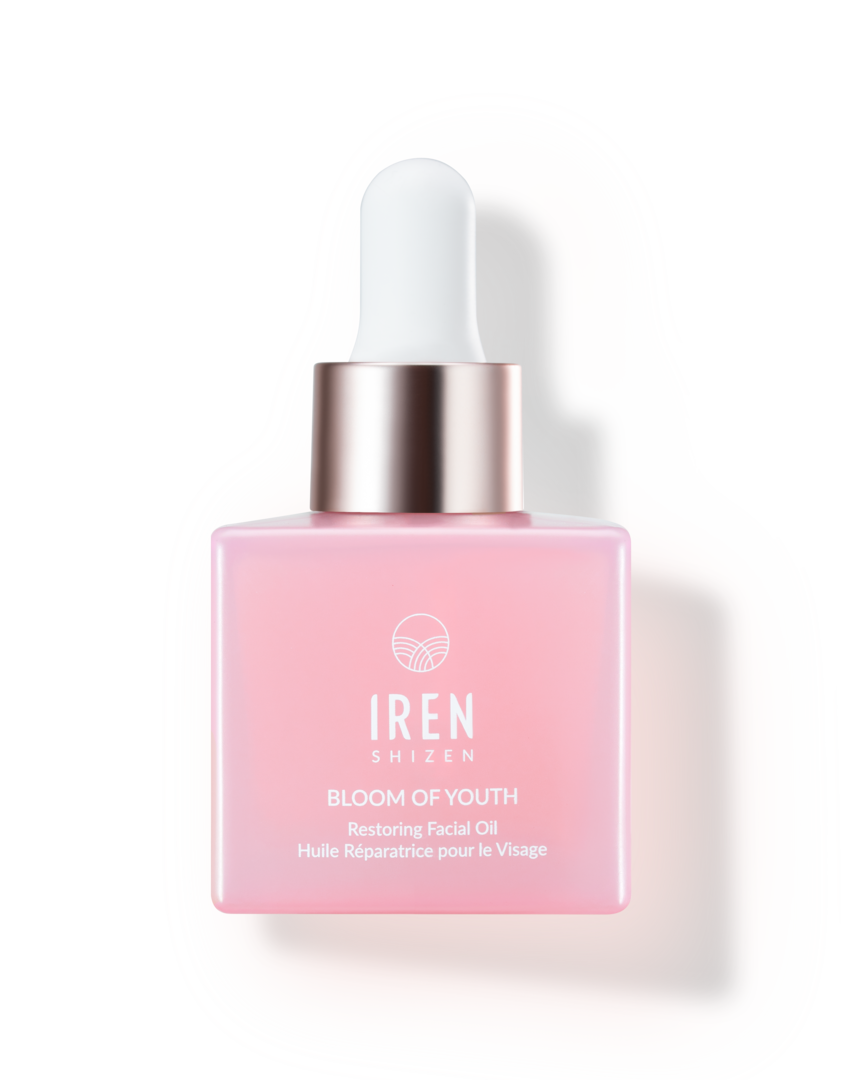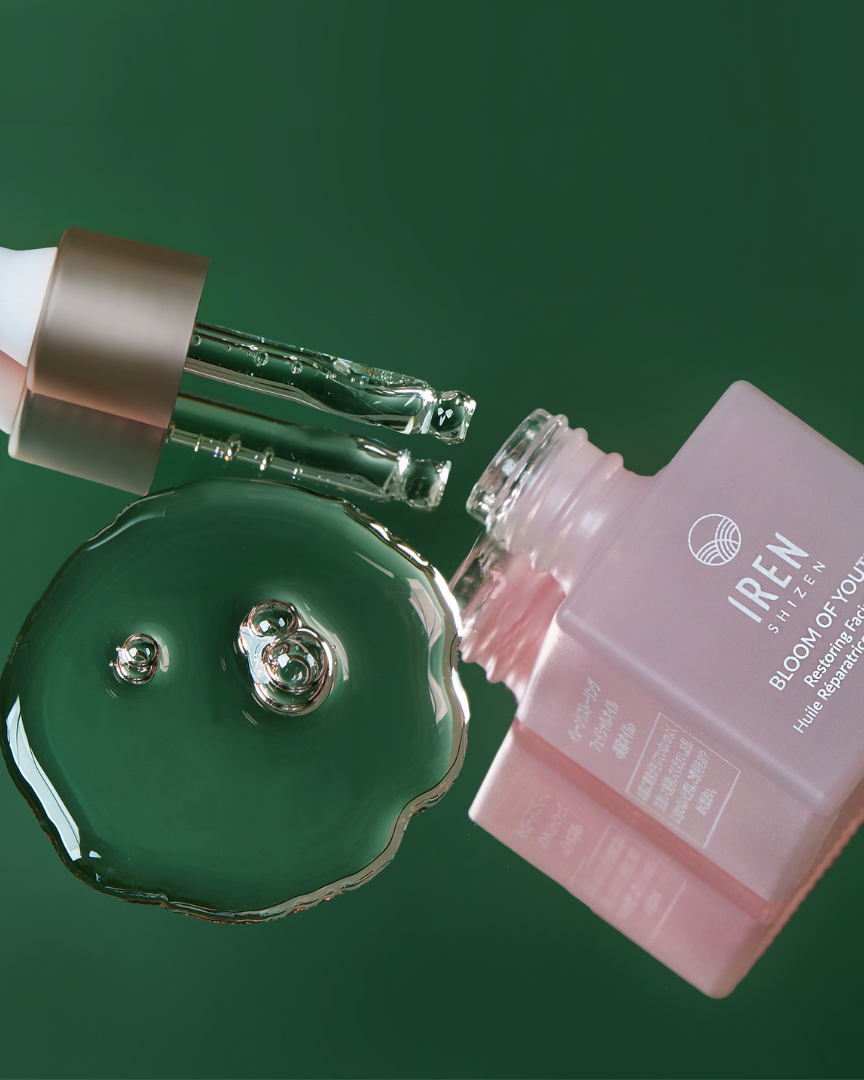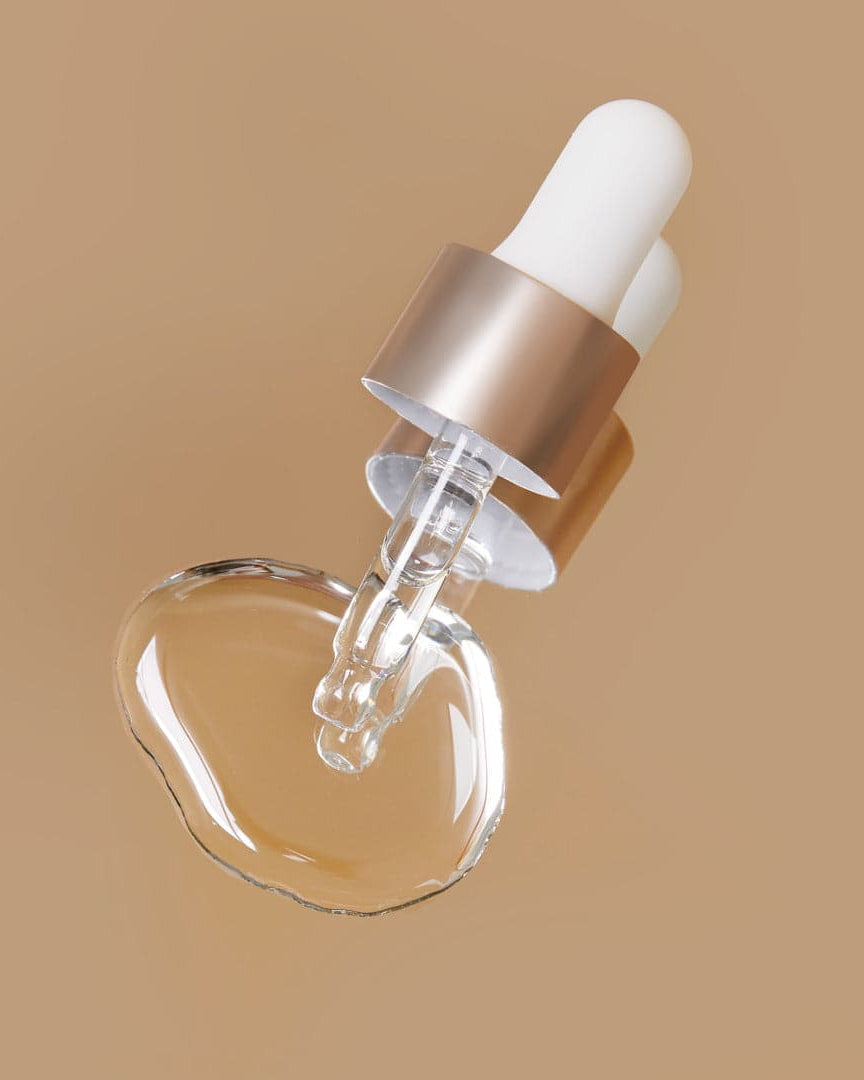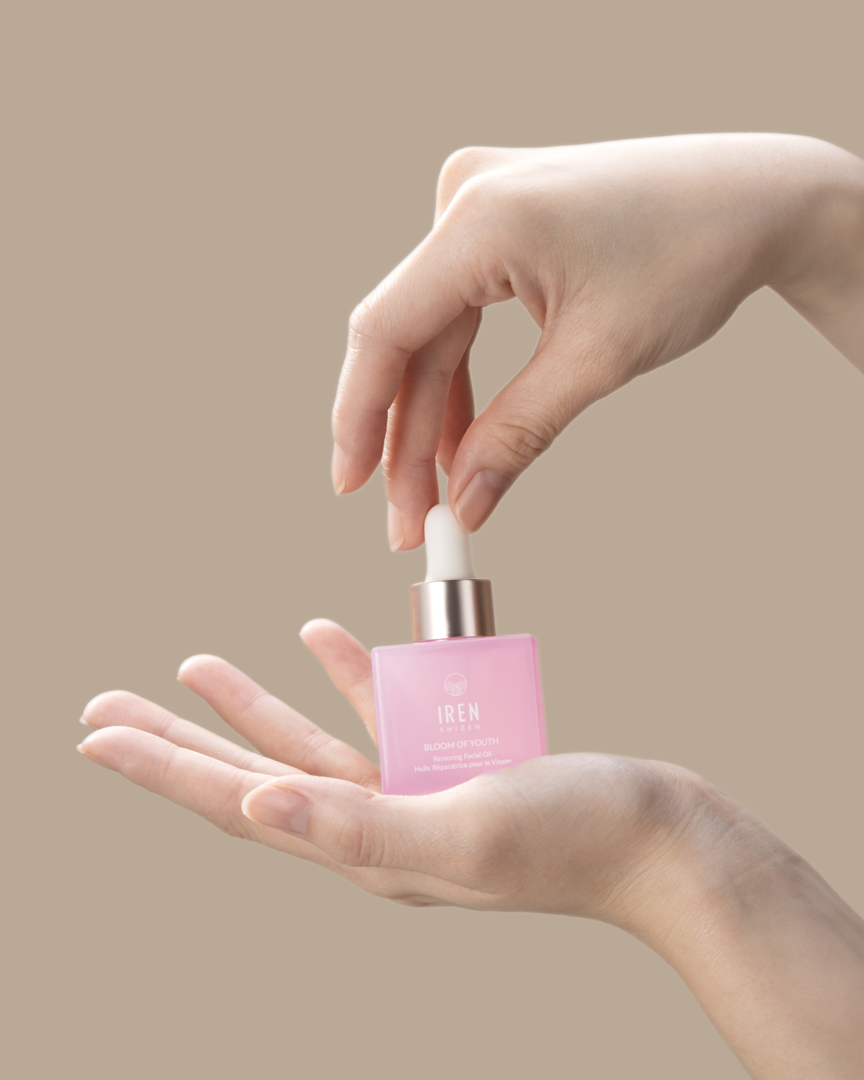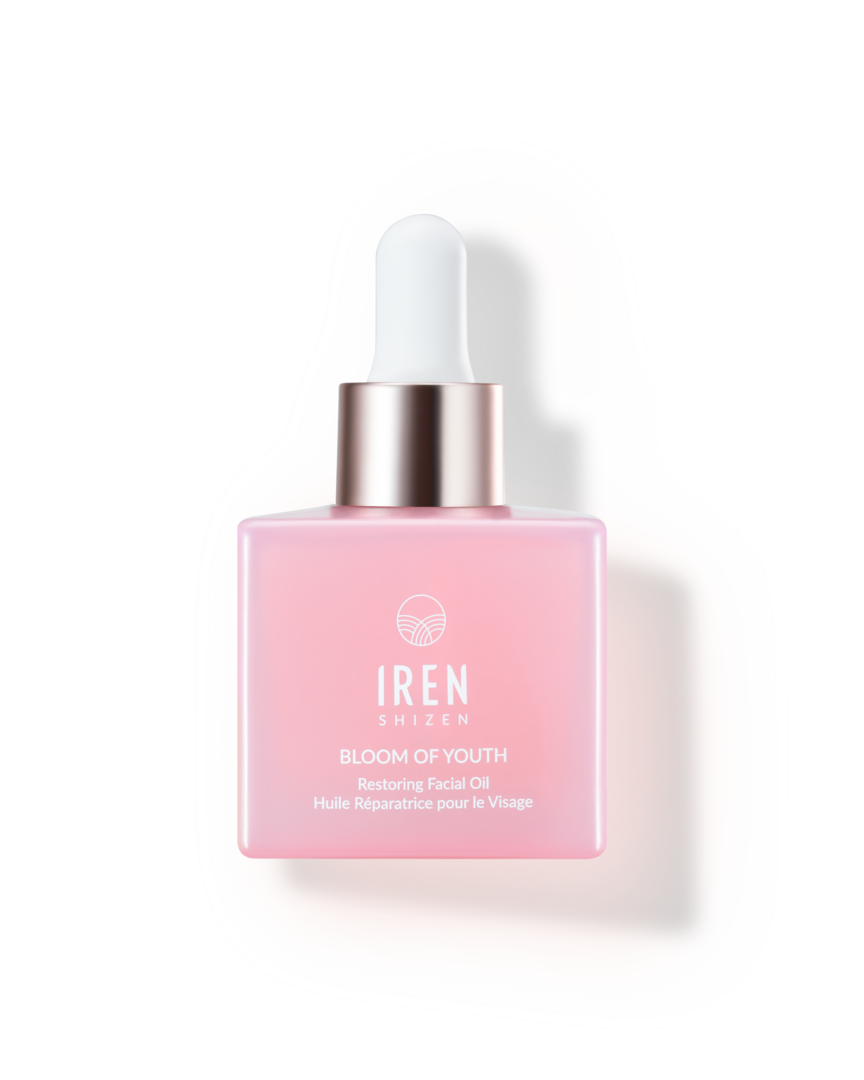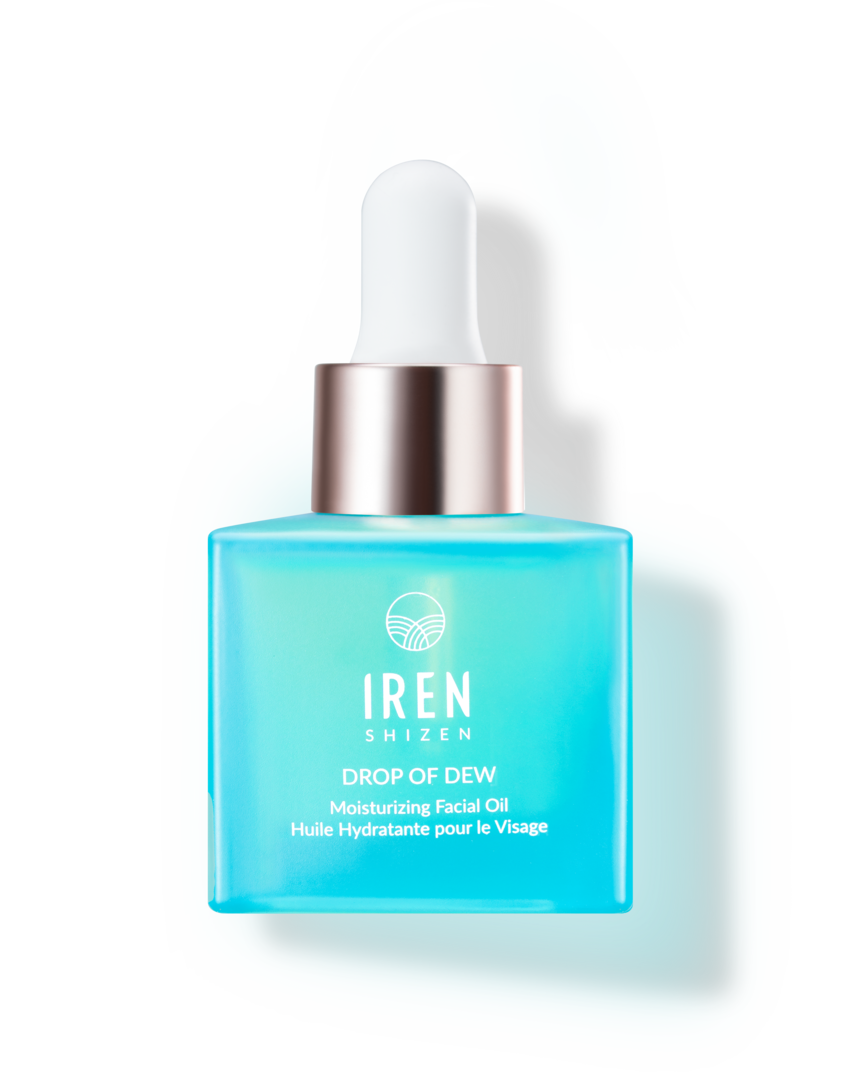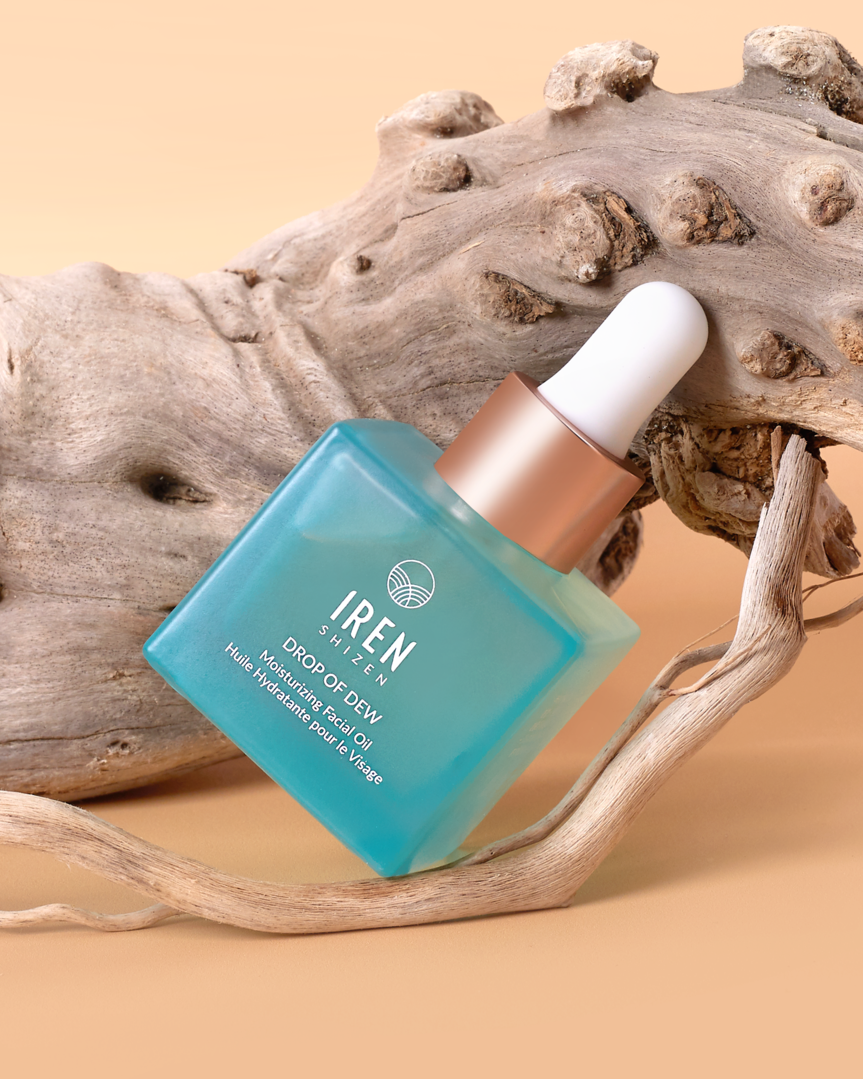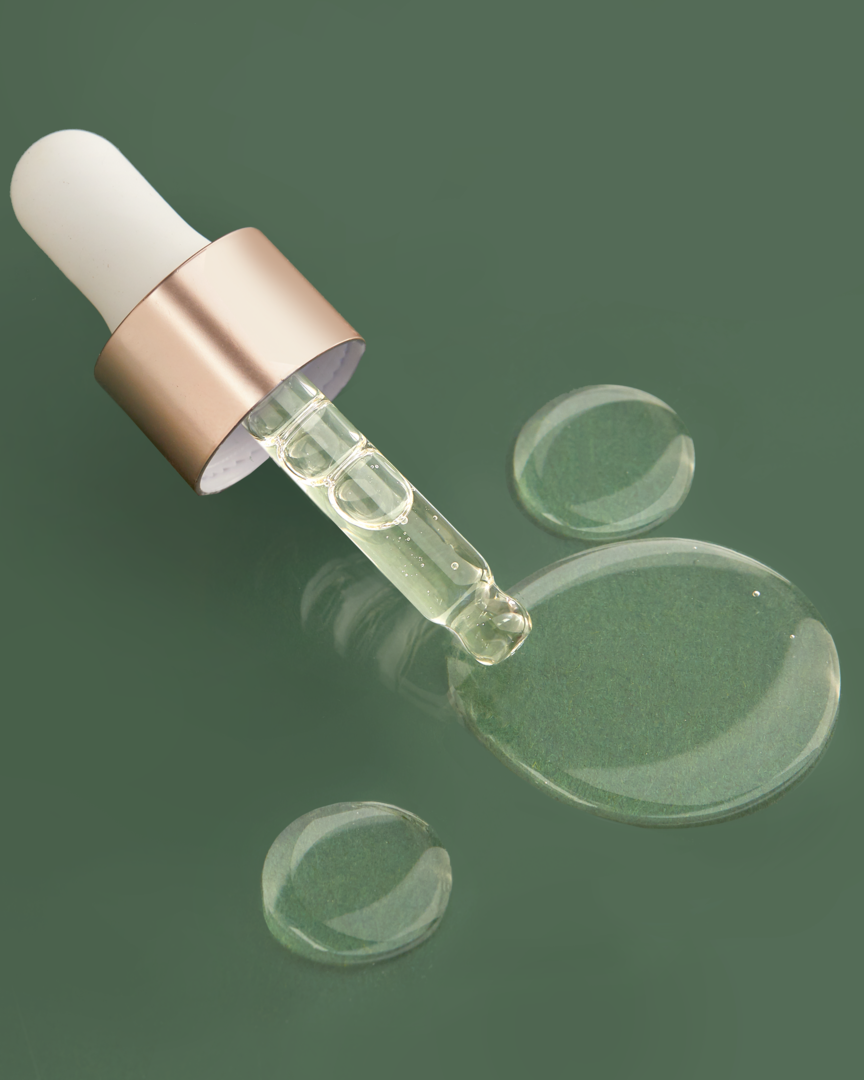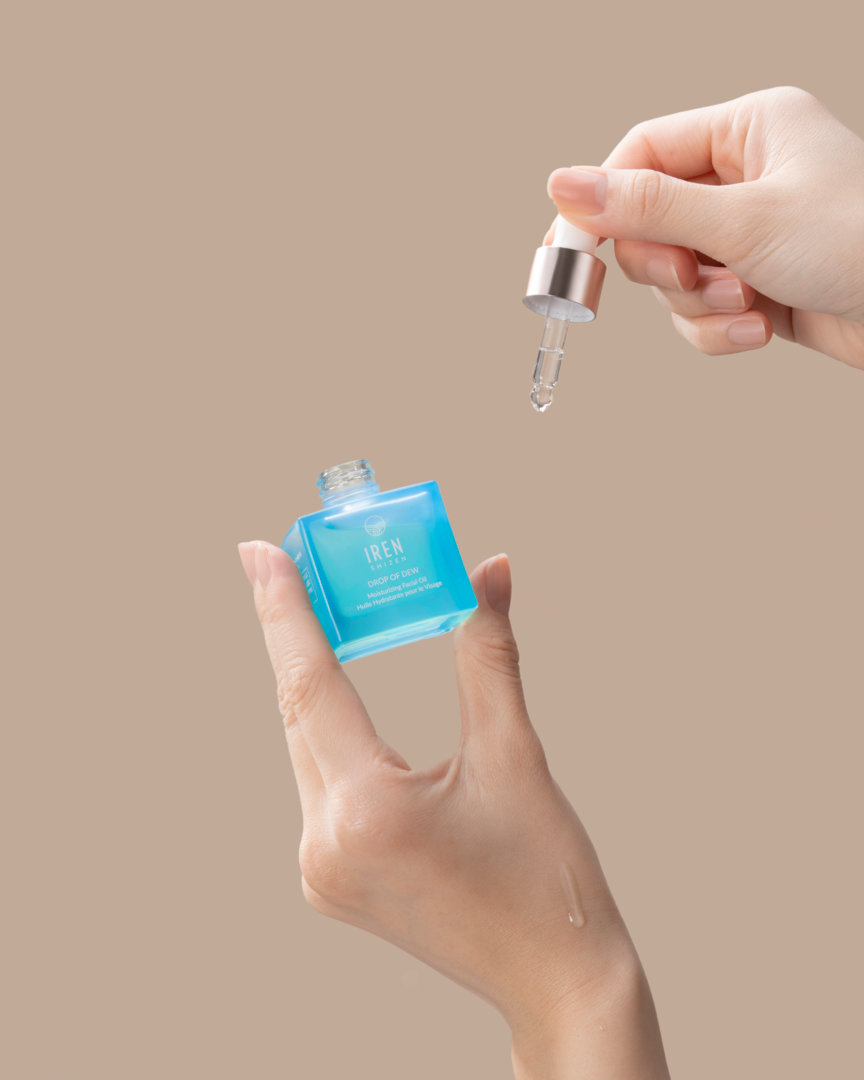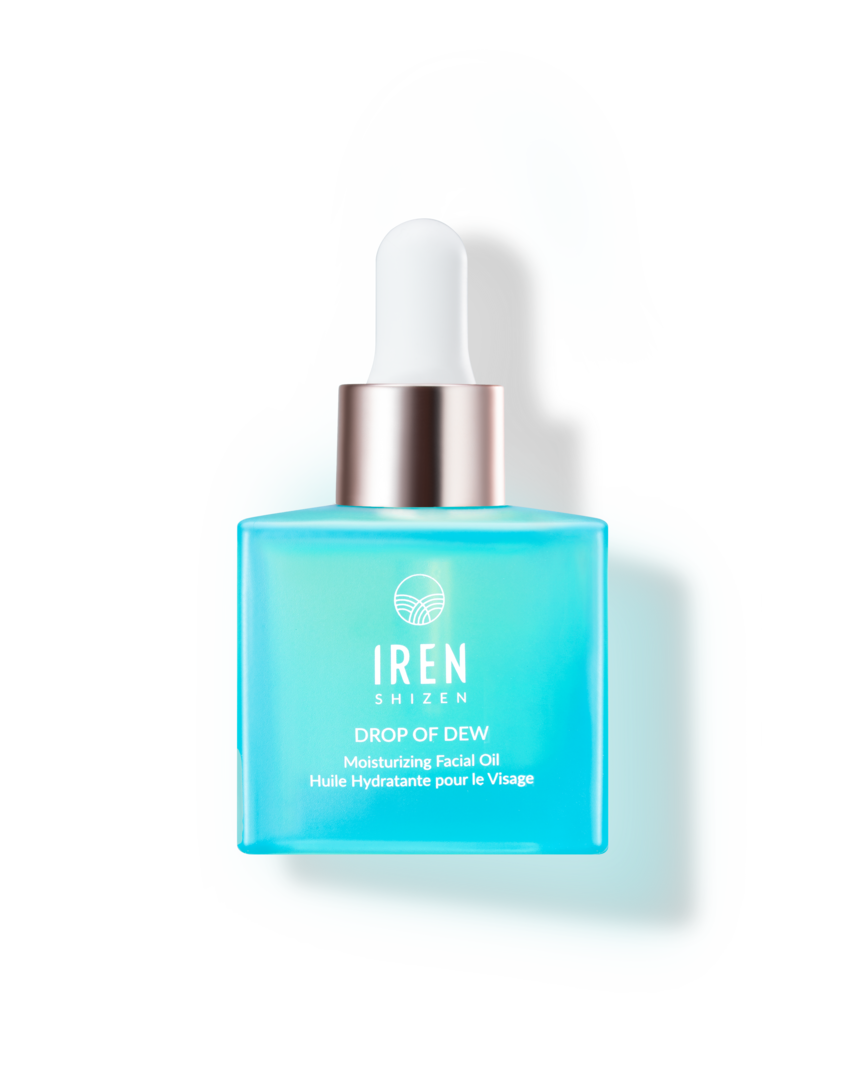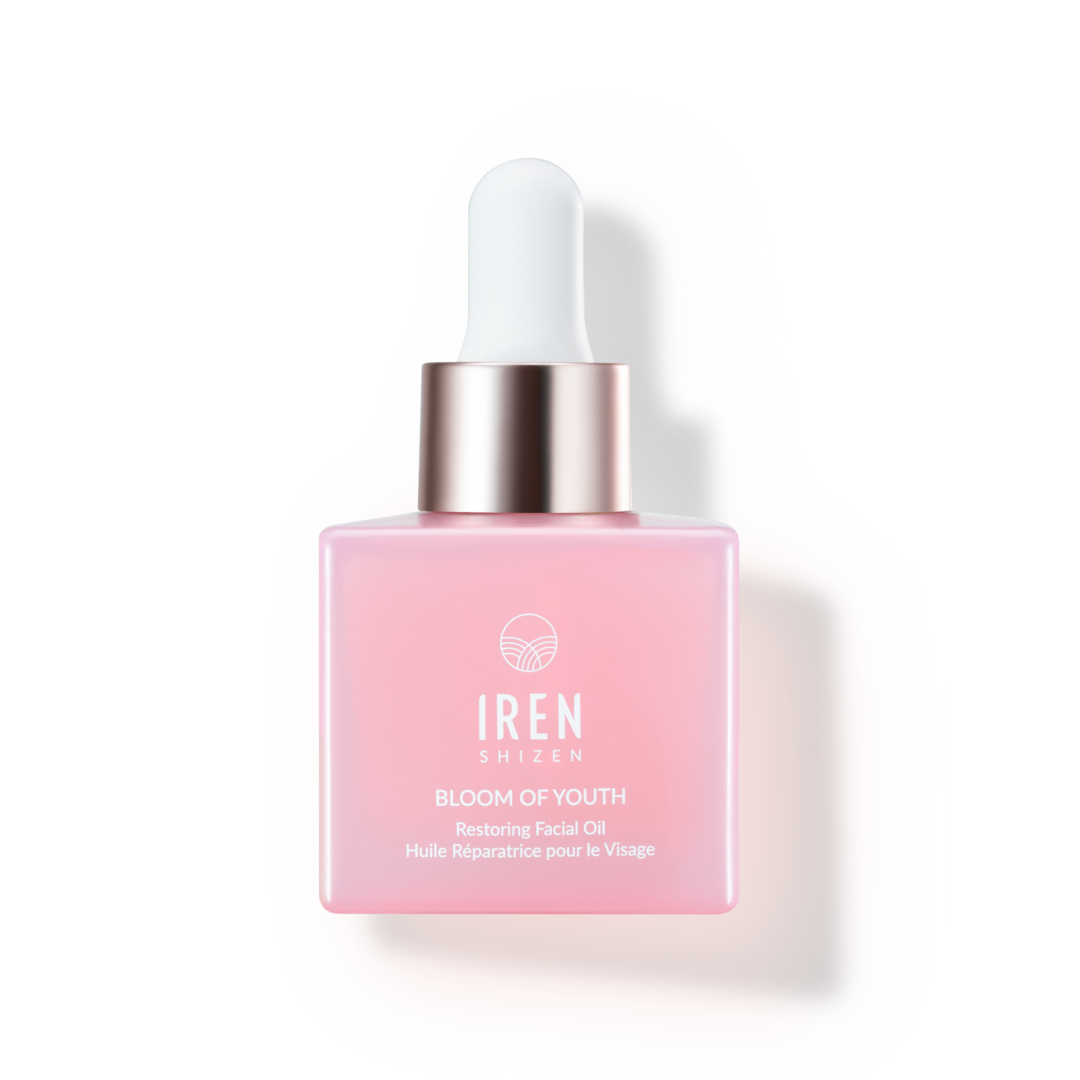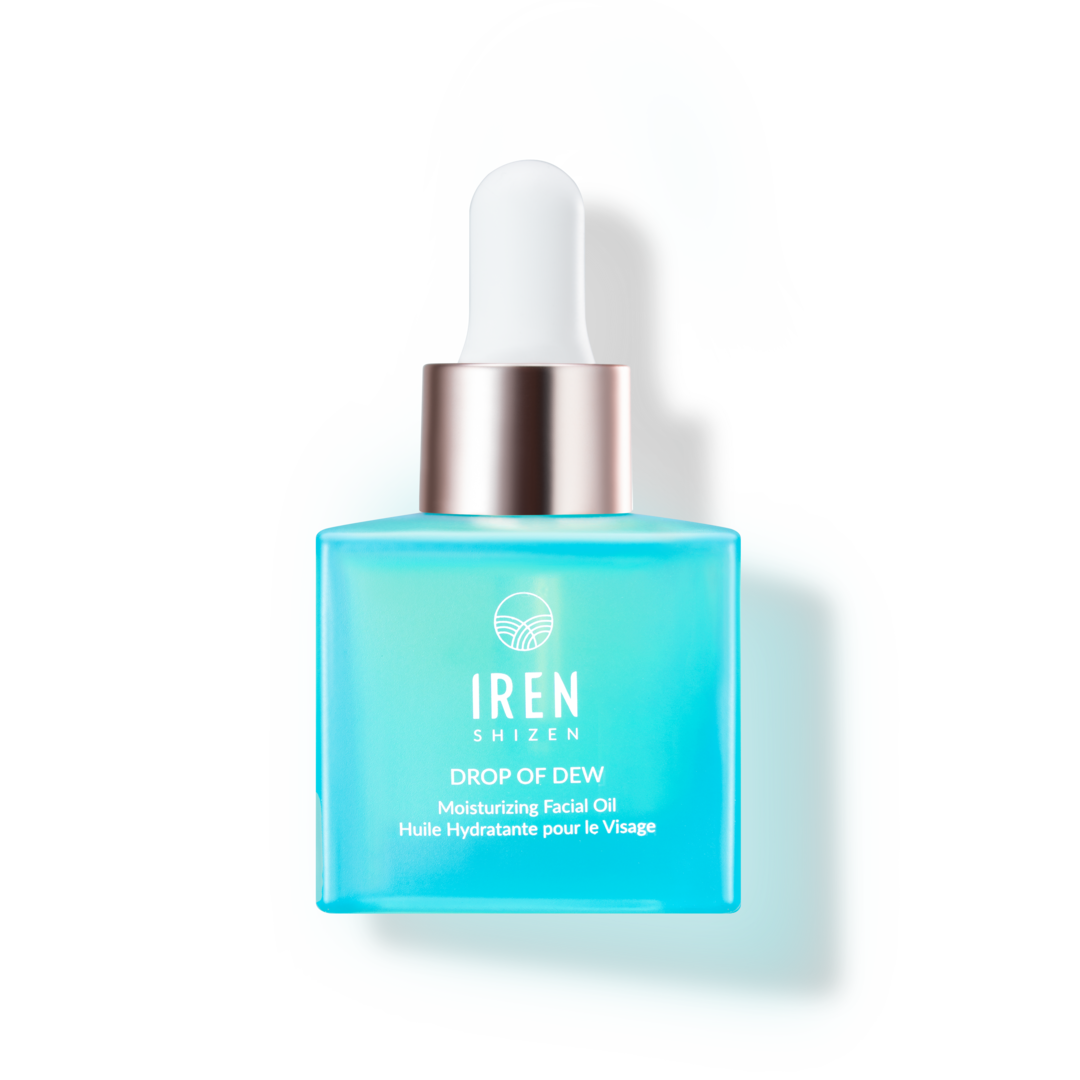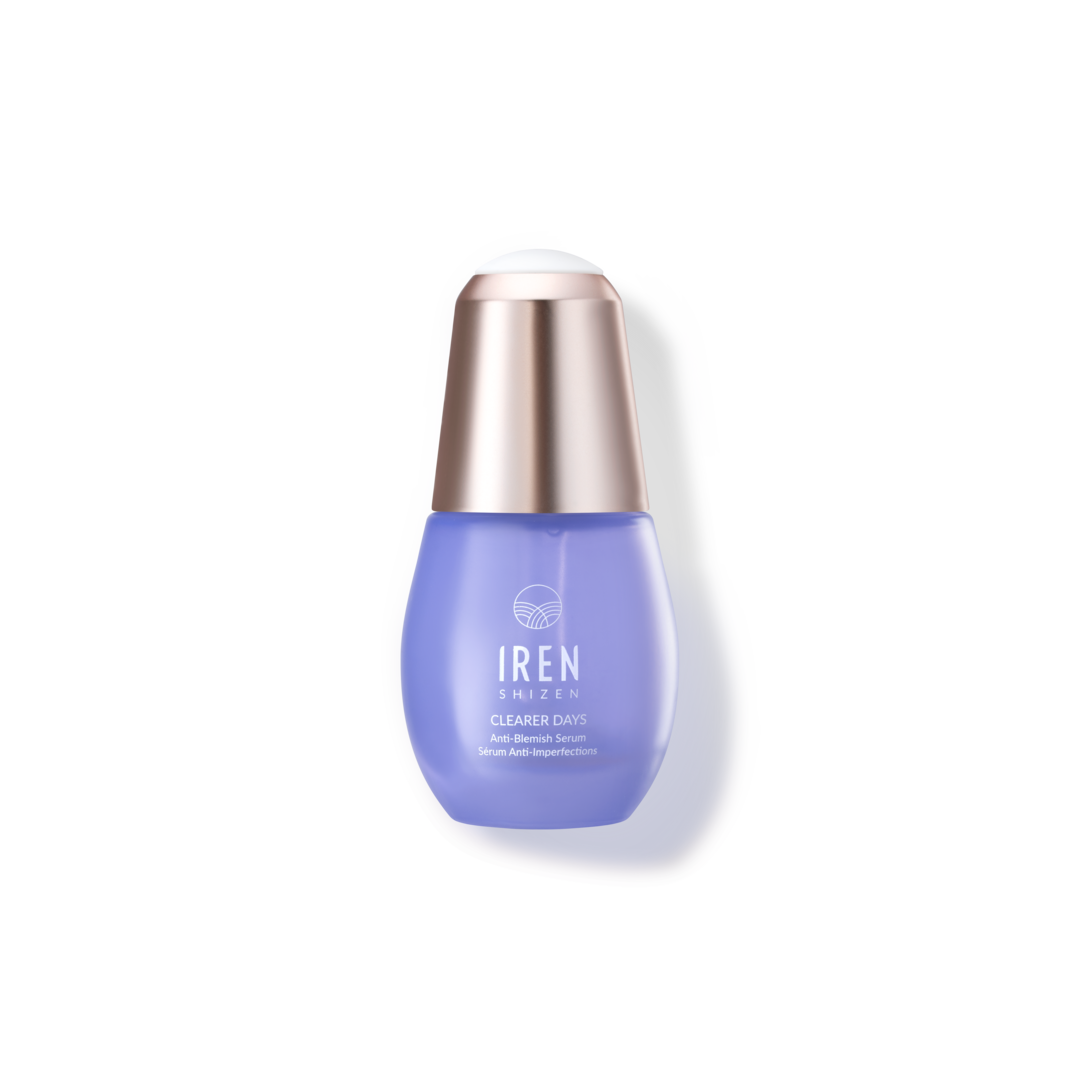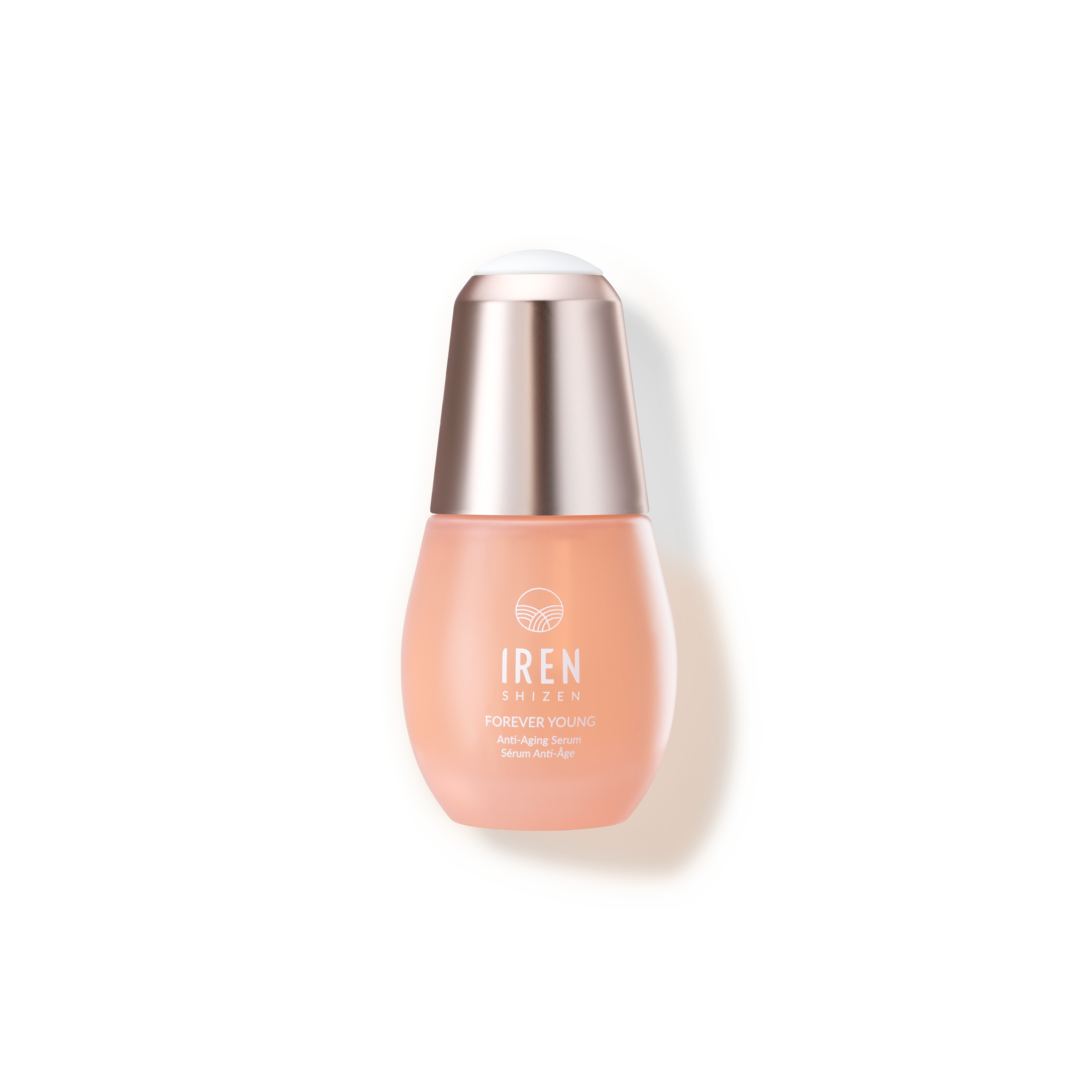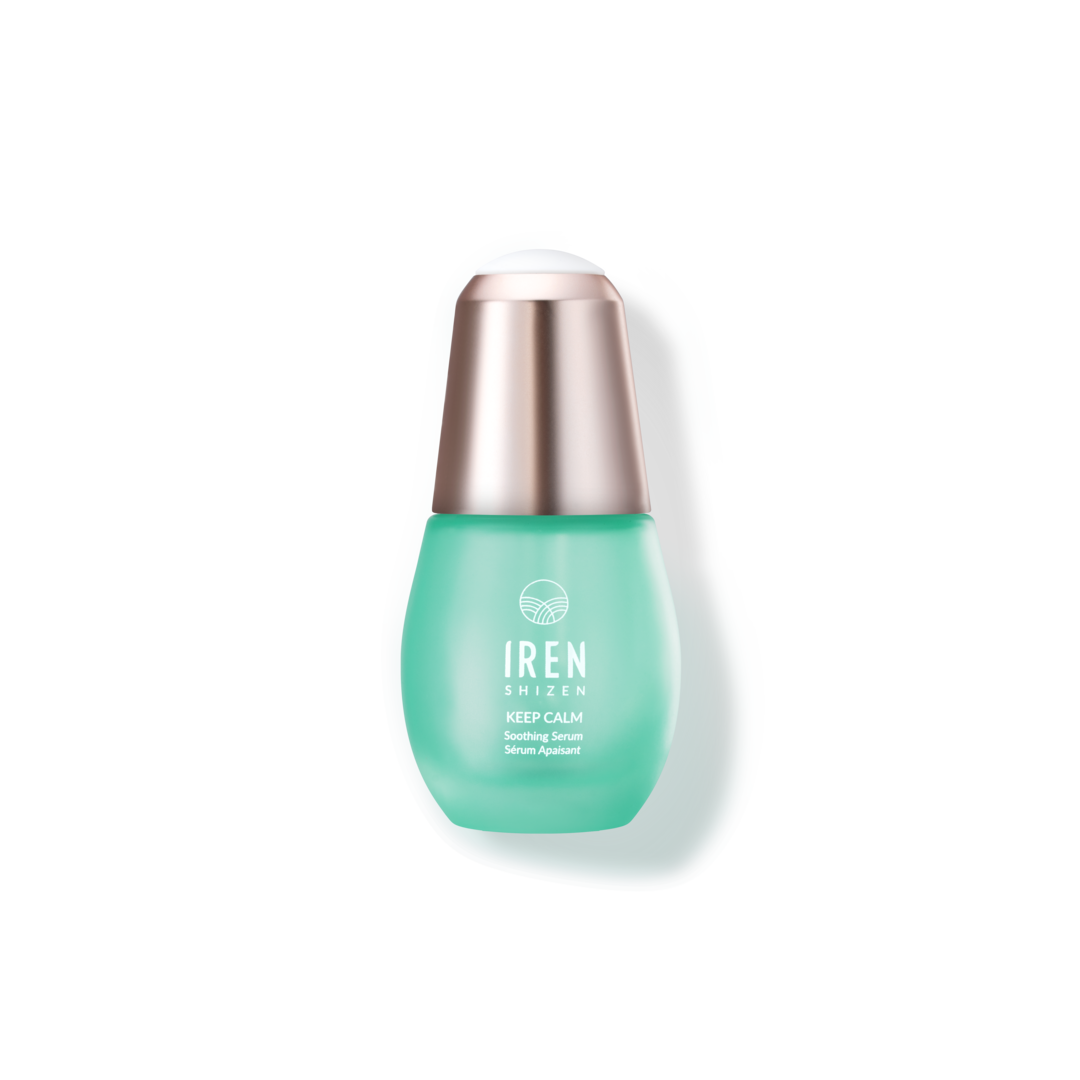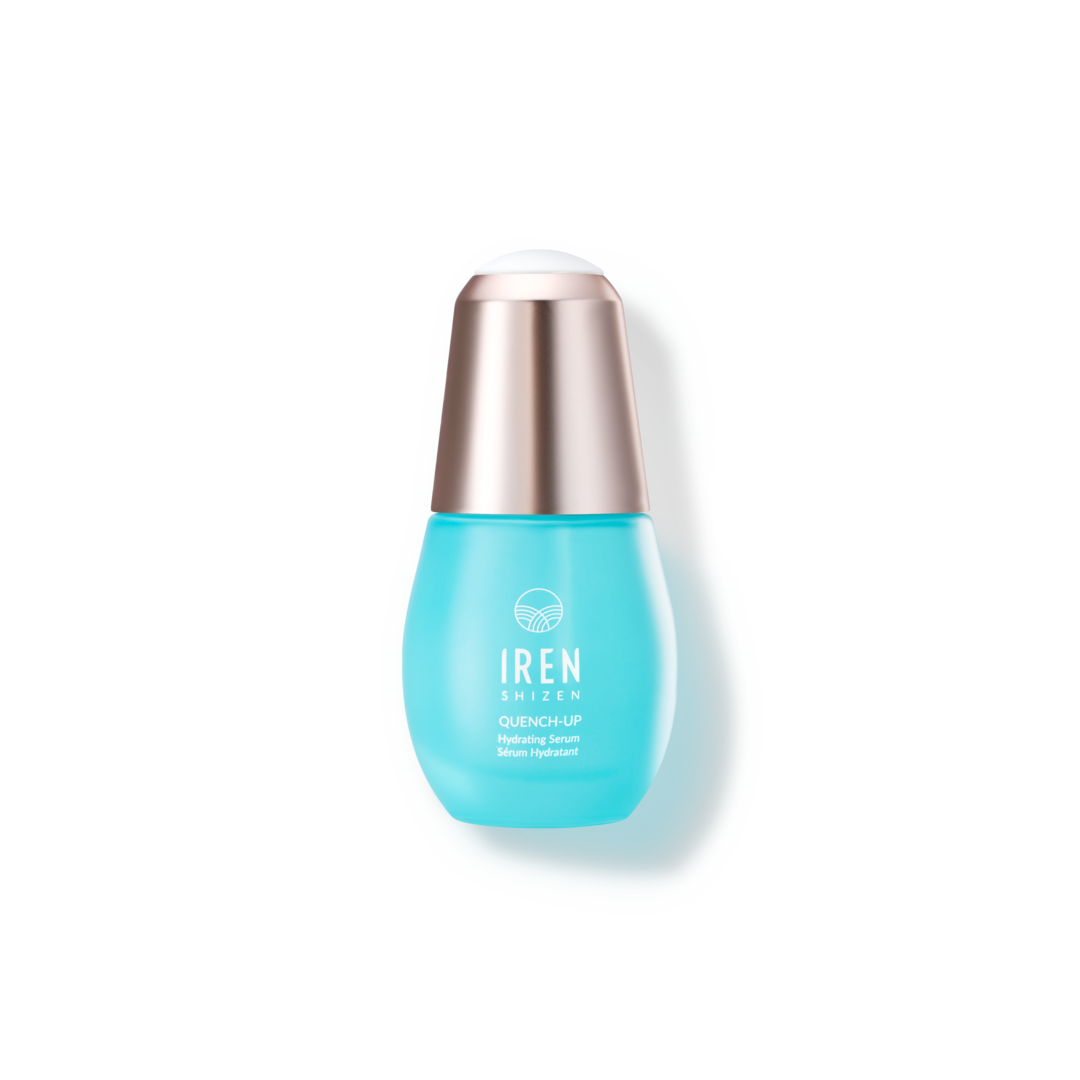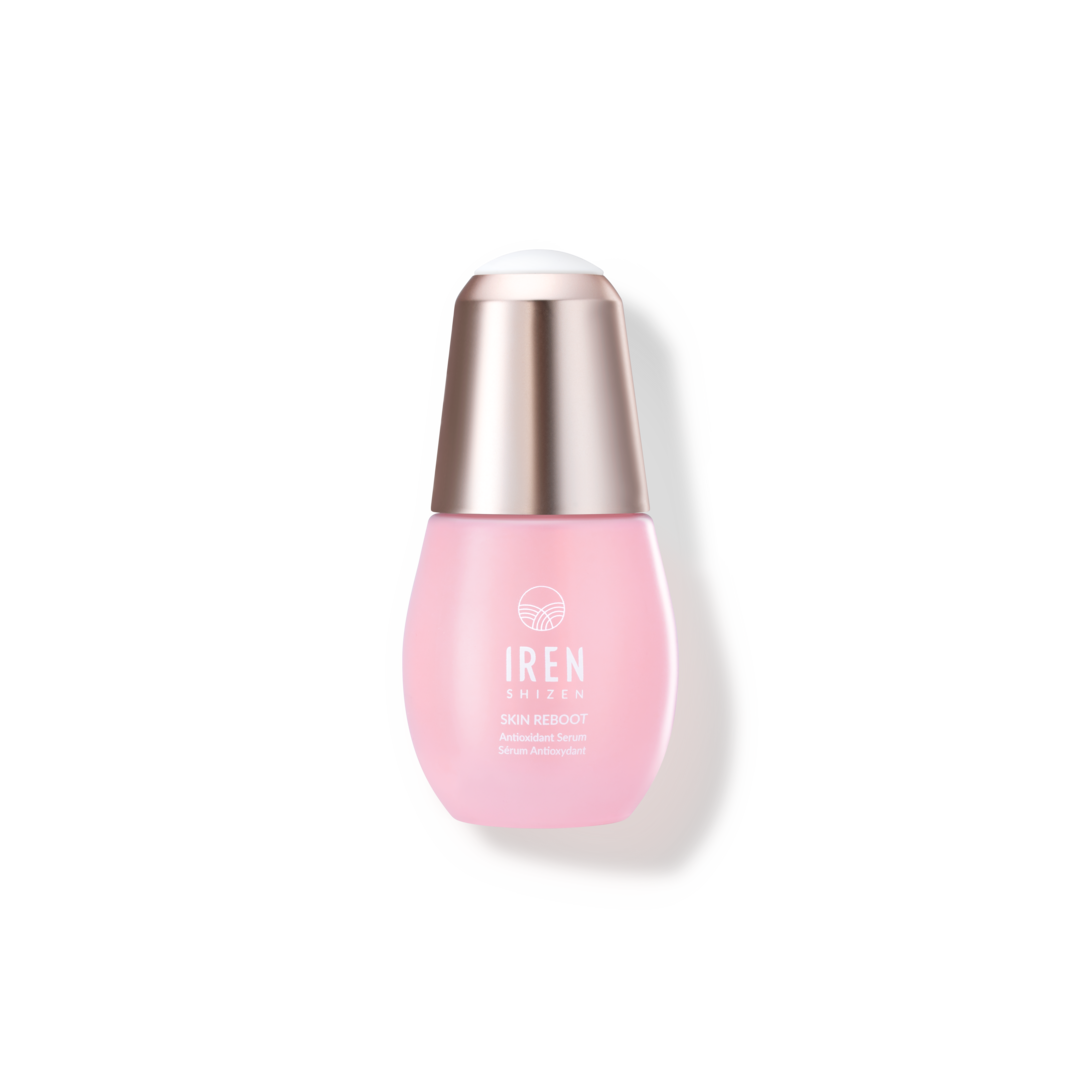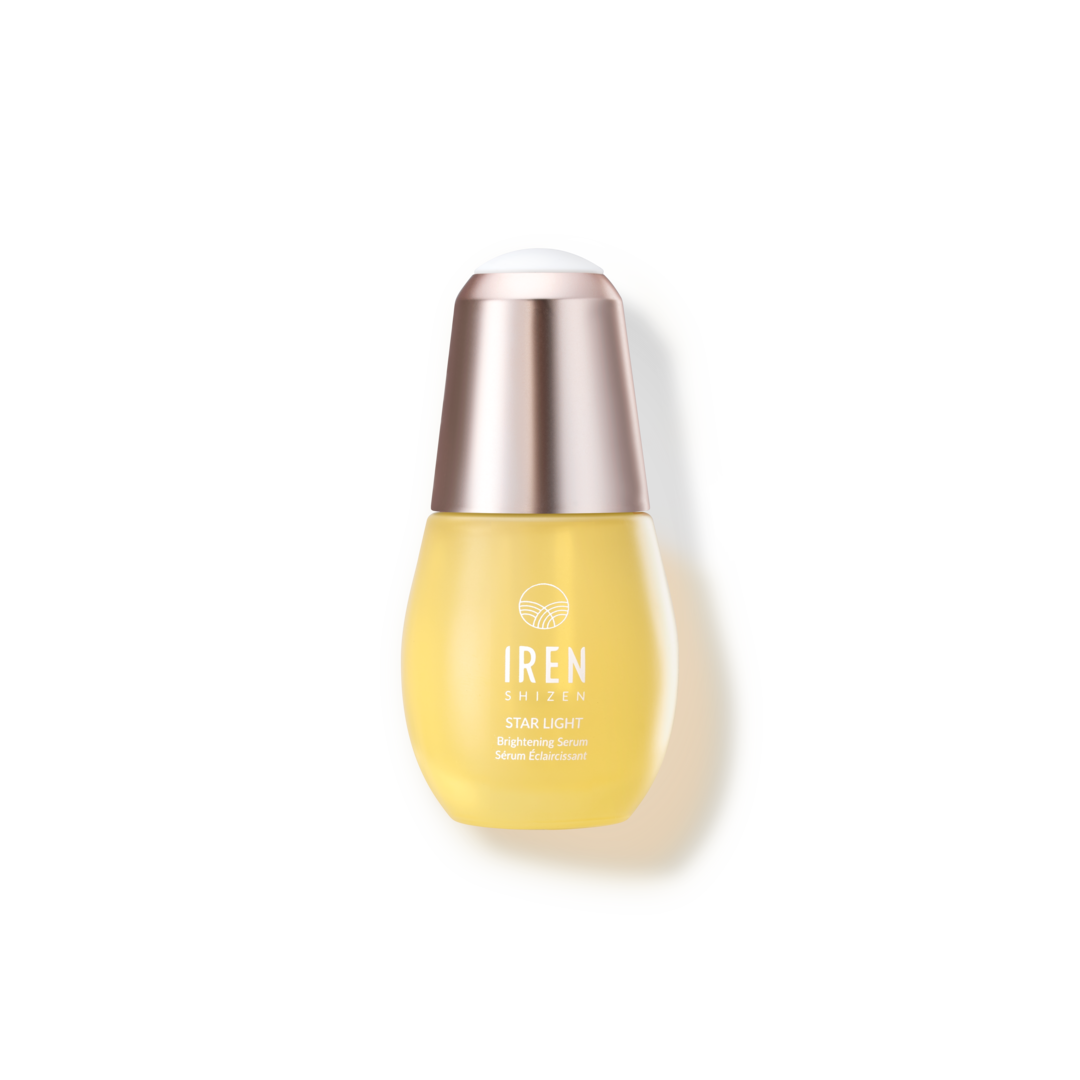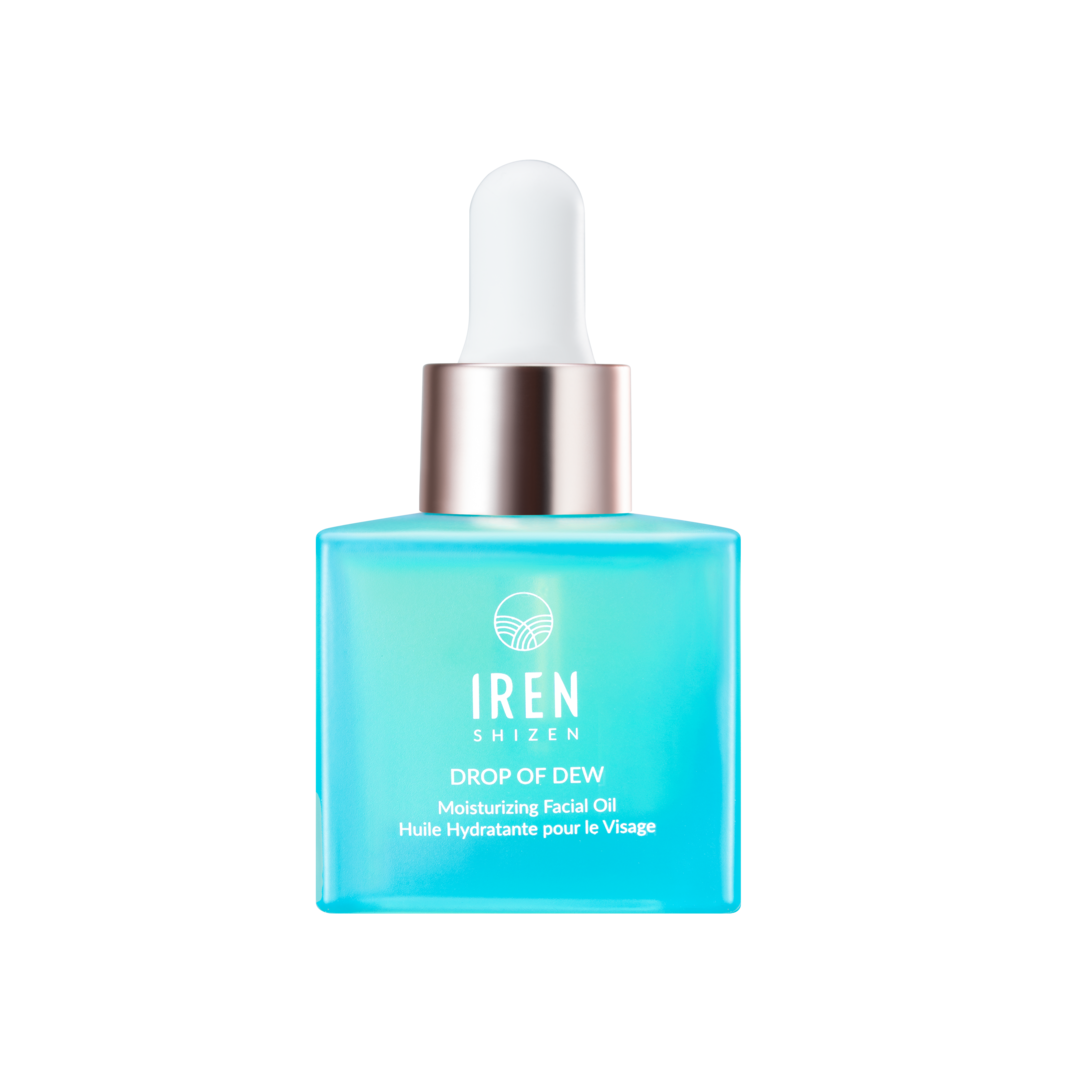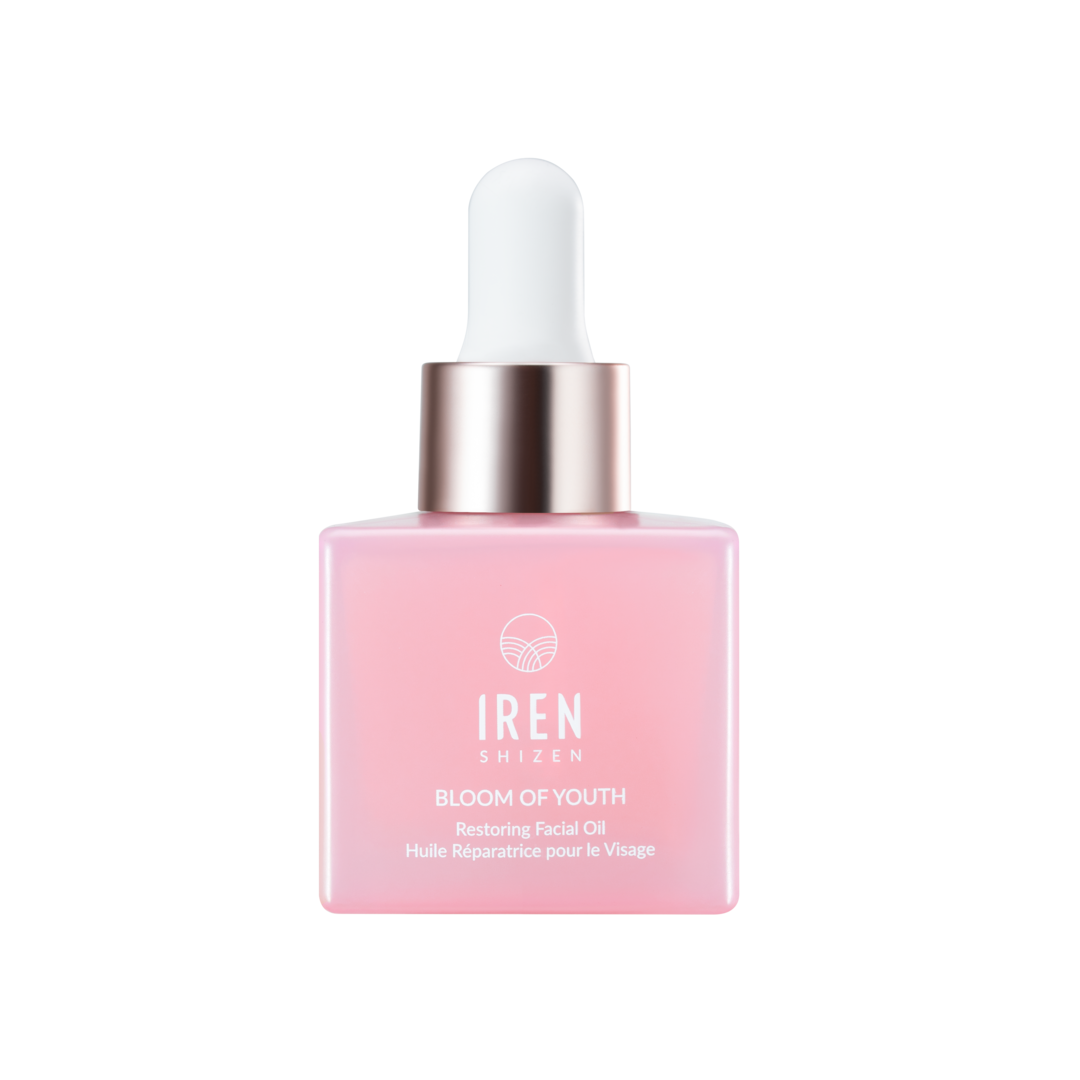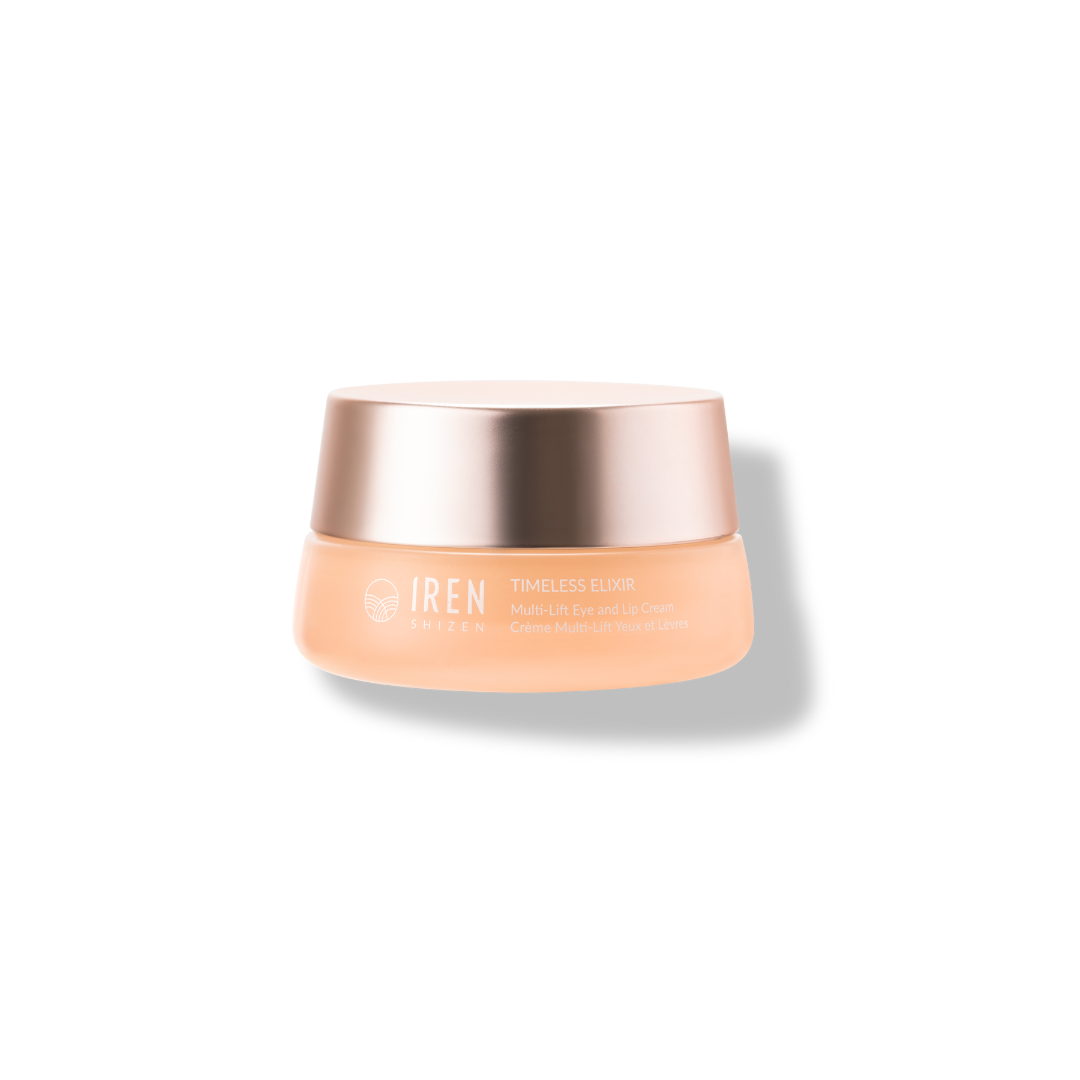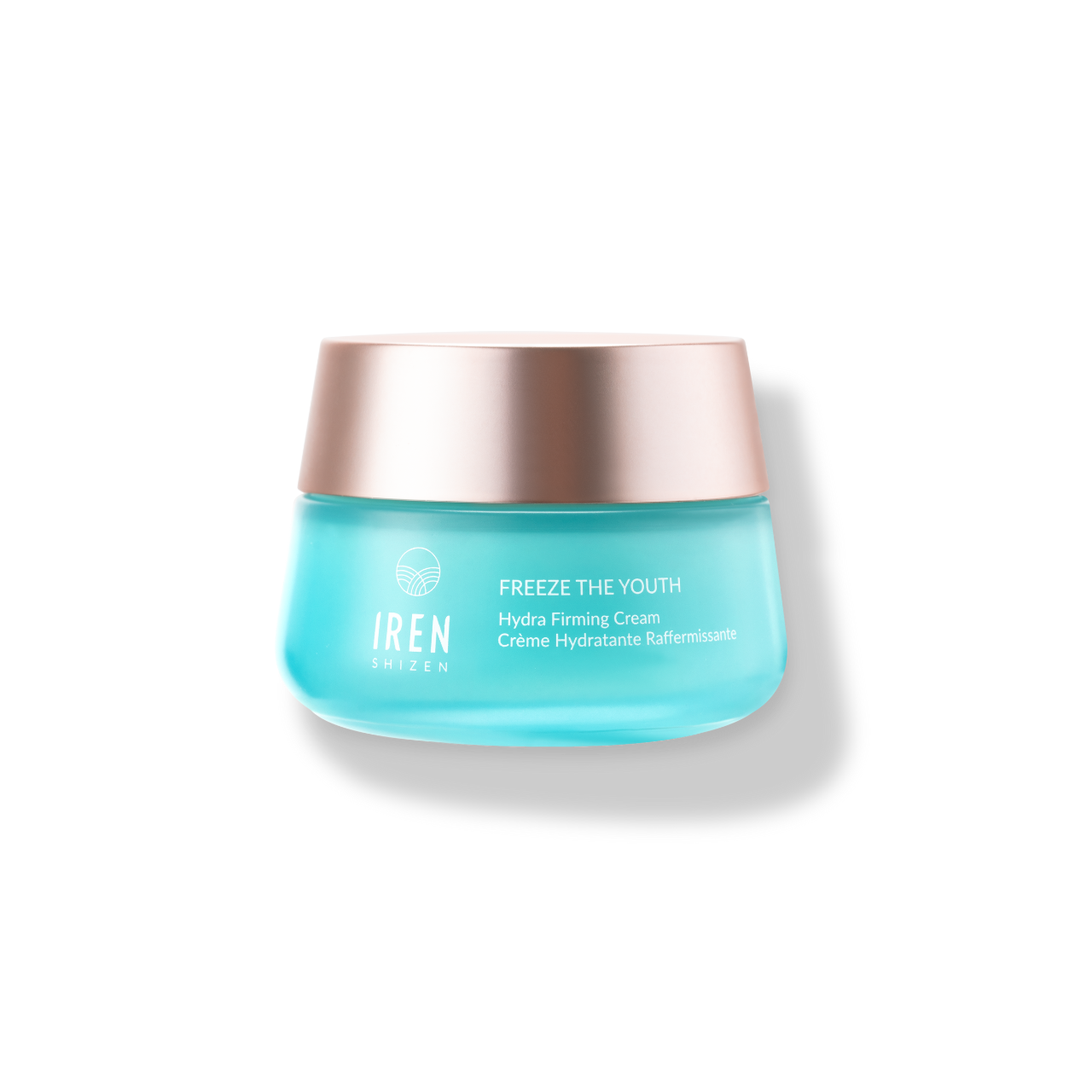Huiles visage
Comparez les huiles pour le visage
Pourquoi utiliser une huile pour le visage après la crème hydratante ?
Dans le cosmos des soins de la peau, un teint éclatant et jeune est souvent l'objectif ultime. C'est un voyage qui nous mène à travers un vaste labyrinthe de sérums, de crèmes et de lotions. Cependant, un héros des soins de la peau qui est souvent relégué à la périphérie est l'humble huile pour le visage. Vénérées comme le « sceau final » après une crème hydratante, les huiles pour le visage recèlent une myriade d'avantages qui peuvent élever votre routine de soins de la peau au niveau supérieur. Plongez dans la science et l'art d'utiliser les huiles pour le visage après la crème hydratante, et pourquoi cette étape peut changer la donne que votre routine de soins de la peau attendait.
Démystifier la composition des huiles pour la peau et le visage
Avant de comprendre pourquoi les huiles pour le visage doivent être appliquées après une crème hydratante, il est crucial de comprendre la composition de base de la peau et le rôle des huiles pour le visage. Notre peau produit une huile naturelle appelée sébum qui contribue à maintenir l'hydratation de la peau et à la protéger des facteurs environnementaux. Mais divers facteurs tels que l'âge, le mode de vie, la pollution et le stress peuvent entraver cet équilibre naturel, ouvrant la voie à des problèmes liés à la peau tels que la sécheresse, l'acné ou le vieillissement prématuré. C'est là que les huiles pour le visage entrent en scène. Ils imitent étroitement les huiles naturelles de notre peau, aidant ainsi à rétablir son équilibre et à favoriser un éclat sain.
Les huiles pour le visage sont des substances denses et lipophiles contenant des acides gras essentiels et d'autres éléments nutritifs. Ces composants nourrissent non seulement la peau, mais créent également une barrière protectrice sur celle-ci, empêchant la perte d'eau transépidermique (TEWL), un processus par lequel la peau perd son humidité au profit de l'environnement environnant. Le résultat? Peau souple, hydratée et d'apparence jeune.
La science des soins de la peau : pourquoi appliquer une huile pour le visage après la crème hydratante ?
Dans le domaine des soins de la peau, il existe un mantra souvent cité : « Du plus fin au plus épais », faisant référence à l'ordre d'application du produit. L'idée est de superposer les produits dans l'ordre croissant de leurs tailles moléculaires pour assurer une absorption optimale. Les sérums et lotions légers, contenant des molécules plus petites, sont appliqués en premier, suivis des crèmes plus épaisses et enfin, des huiles pour le visage avec les plus grosses molécules.
Les hydratants, principalement à base d'eau, contiennent un mélange d'humectants, d'émollients et d'occlusifs. Ils agissent en aspirant l'eau dans la peau et en la scellant avec une couche protectrice. Cependant, ils peuvent être semi-occlusifs, c'est-à-dire qu'ils permettent un certain niveau de TEWL. C'est là que les huiles pour le visage entrent en jeu. Les huiles, en raison de leur structure moléculaire plus large, reposent sur la crème hydratante, scellant toute la qualité hydratante en dessous, empêchant toute perte d'eau supplémentaire. Ils agissent comme la dernière couche occlusive, offrant une double défense contre le dessèchement et la déshydratation.
La polyvalence des huiles pour le visage
Les huiles pour le visage répondent à un éventail de types de peau et de problèmes. Les peaux grasses et à tendance acnéique peuvent bénéficier d'huiles plus légères et non comédogènes telles que le jojoba ou les pépins de raisin, qui régulent la production de sébum et possèdent des propriétés anti-inflammatoires. La peau sèche trouve du réconfort dans l'étreinte nourrissante d'huiles plus lourdes comme l'avocat ou le marula. Les peaux sensibles peuvent se tourner vers des huiles apaisantes comme l'argan, tandis que les peaux matures peuvent rechercher les bienfaits anti-âge d'huiles comme la rose musquée.
Maximiser l'impact des huiles pour le visage
L'utilisation d'huiles pour le visage après les hydratants peut être une étape simple, mais sa mise en œuvre correcte peut considérablement améliorer son efficacité :
Moins c'est plus : Habituellement, 2 à 3 gouttes d'huile pour le visage suffisent pour l'ensemble du visage. En faire trop pourrait entraîner des problèmes tels que des pores obstrués.
Pat, Don't Rub : Au lieu de frotter, tapotez doucement l'huile sur votre peau pour améliorer l'absorption.
Mélanger avec des hydratants : bien qu'il soit généralement recommandé d'appliquer après la crème hydratante, les huiles pour le visage peuvent également être mélangées avec votre crème hydratante pour créer une concoction intensément hydratante.
Test de patch : Effectuez toujours un test de patch avant d'introduire une nouvelle huile pour le visage dans votre routine pour vous assurer qu'elle ne provoque pas d'effets indésirables.
Plus qu'un simple scellant
Les huiles pour le visage remplissent plus que leur fonction occlusive. Ils offrent une puissante dose d'antioxydants qui aident à contrer les dommages causés par les radicaux libres, prévenant ainsi le vieillissement prématuré. Les huiles pour le visage IREN Shizen contiennent également deux ingrédients puissants qui nous distinguent des autres - les prébiotiques et les postbiotiques. Ces ingrédients puissants aident à renforcer le microbiome de votre peau, la communauté de micro-organismes bénéfiques résidant sur votre peau. Les prébiotiques agissent comme nourriture pour les bonnes bactéries, favorisant leur croissance et leur résilience. Simultanément, les postbiotiques - des sous-produits bénéfiques de ces bonnes bactéries - agissent pour calmer l'inflammation, renforcer la barrière cutanée et protéger contre les agresseurs environnementaux nocifs. Ensemble, ils créent un écosystème harmonieux, résultant en une peau équilibrée, résistante et d'apparence plus saine.
Conclusion
Pour apprécier pleinement la symphonie d'une routine de soin complète, il est fondamental de comprendre le rôle de chaque produit et comment ils s'harmonisent les uns avec les autres. L'application d'huile pour le visage après la crème hydratante est plus qu'une simple étape supplémentaire ; c'est un geste stratégique conçu pour maximiser l'efficacité de votre régime de soins de la peau. En bloquant l'hydratation et les nutriments des produits appliqués auparavant, les huiles pour le visage fonctionnent comme la grande finale, le sceau protecteur, qui garantit que votre peau reçoit et conserve le maximum d'avantages de votre routine de soins de la peau.
Qu'il s'agisse de stimuler l'hydratation ou de fournir une défense antioxydante, les huiles pour le visage s'avèrent être un atout à multiples facettes dans les soins de la peau. La pratique consistant à appliquer une huile pour le visage post-hydratante constitue donc une invitation à une peau plus nourrie, radieuse et résiliente. Dévoilez la magie de cet élixir doré et laissez votre peau se prélasser dans l'éclat qu'elle mérite vraiment

